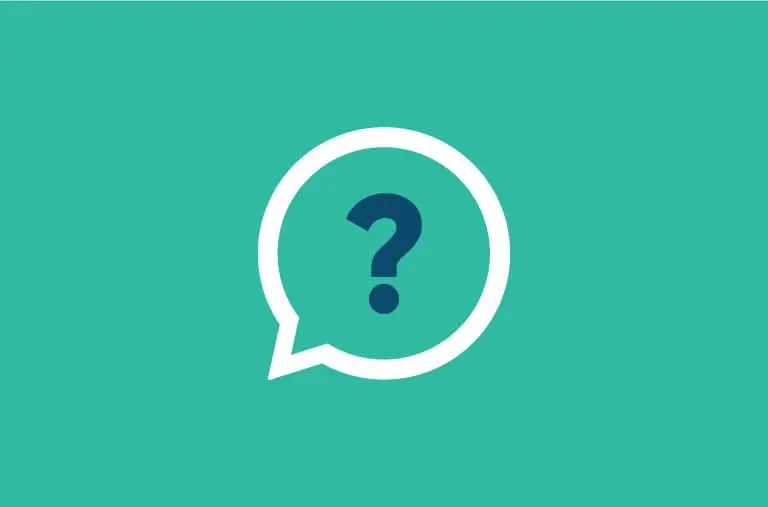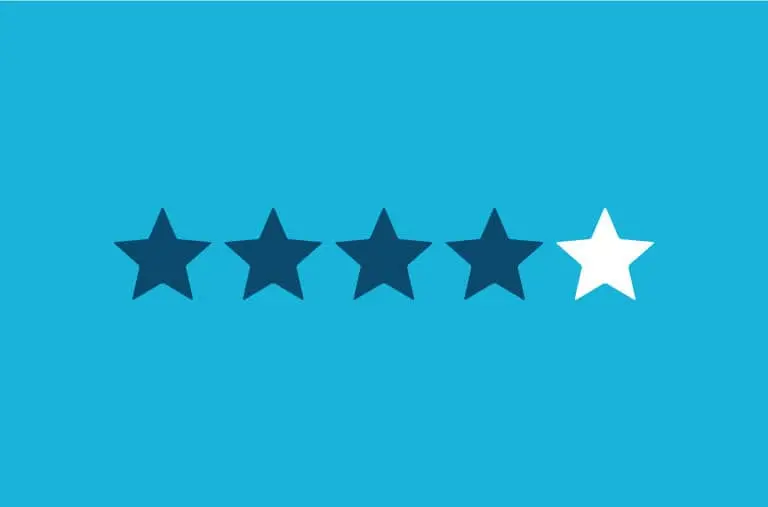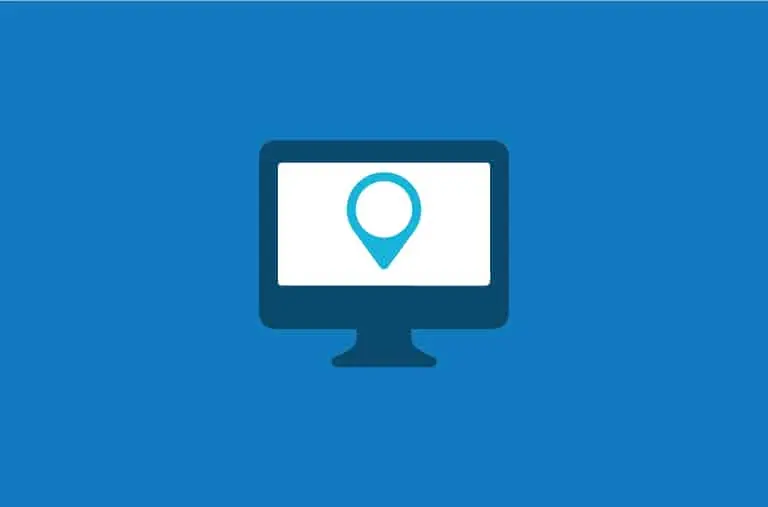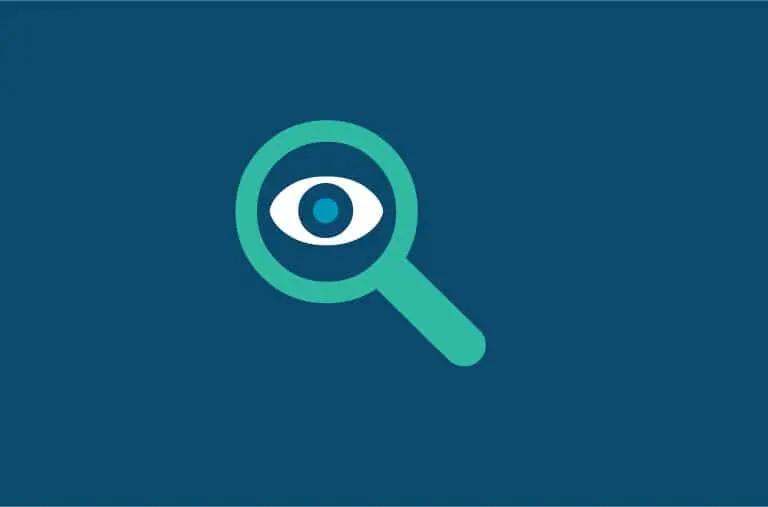Did you know from some studies over the years that…
- Most businesses lose about 25% of their customers annually
- On average, the CEOs of most U.S. corporations lose half their customers every five years
- In general, the longer a customer stays with a company, the more that customer is worth. Long-term customers buy more, take less of a company’s time, are less sensitive to price, and bring in new customers
- Since it is cheaper to conduct business with existing customers, the increase in retention rates visibly, verifiably, and significantly reduces total operating costs.
- Good long-standing customers are worth so much that in some industries, reducing customer defections by as little as 5% from, say, 10% to 15% per year, can DOUBLE profit
Well, this is why knowing the extent of how loyal your customers are is so important, and being able to quantify it is a key to sustained success. It’s not enough to just have qualitative loyalty anecdotes such as “They stuck it out with us during the tough times”, “they are always available for references,” “They give us great product reviews and testimonials,” etc.
You must be able to have quantifiable data that can be measured so they can be bench-marked and improved upon. I believe there are three areas (that are intertwined) that can be measured to help understand the extent your customers are loyal to you.
Retention
Retention is a company’s willingness to remain a customer for your organization’s service or products and is helpful in measuring customer loyalty. This is commonly achieved through customer surveys. Customer satisfaction-based questions and their likelihood to switch to another vendor are usually the themes.
Also, a very important KPI is the Customer Retention Rate (CRR) which is the percentage of customers you keep compared to the number you had at the start of your time period….not counting new customers. Conversely, the Customer Churn Rate (CCR) spells out the % of customers that have defected over time.
Advocacy
Advocacy is basically your customers becoming cheerleaders for your products and services by recommending them to other companies. It’s how strong of a positive impression they have for you and their willingness to put their reputation on the line on your behalf.
A simple way to measure customer loyalty is with an NPS (net promoter score) survey asking customers how likely they are to recommend your brand to their friends on a scale from 1-10. Anyone answering with a 9 or 10 is considered a promoter, while those responding with a 7 or 8 are passive. Customers who indicate six and under are known as detractors. Your total score is equal to promoters minus detractors.
Purchasing
Purchasing is the most important indicator of how loyal a customer is since they are fulfilling buying behavior with actual $$. The key indicators here are the frequency of repeat purchases and over what period of time. A common measurement is the Repeat Purchase Rate which is a ratio of the number of customers that purchase more than once compared to the total # of customers for an entire year.
If your company sells subscriptions, you may deal with Renewal Rates. Another measurement that looks at a more long-term view is the Customer Lifetime Value. It determines how often a customer purchases and how long they remain a customer.







